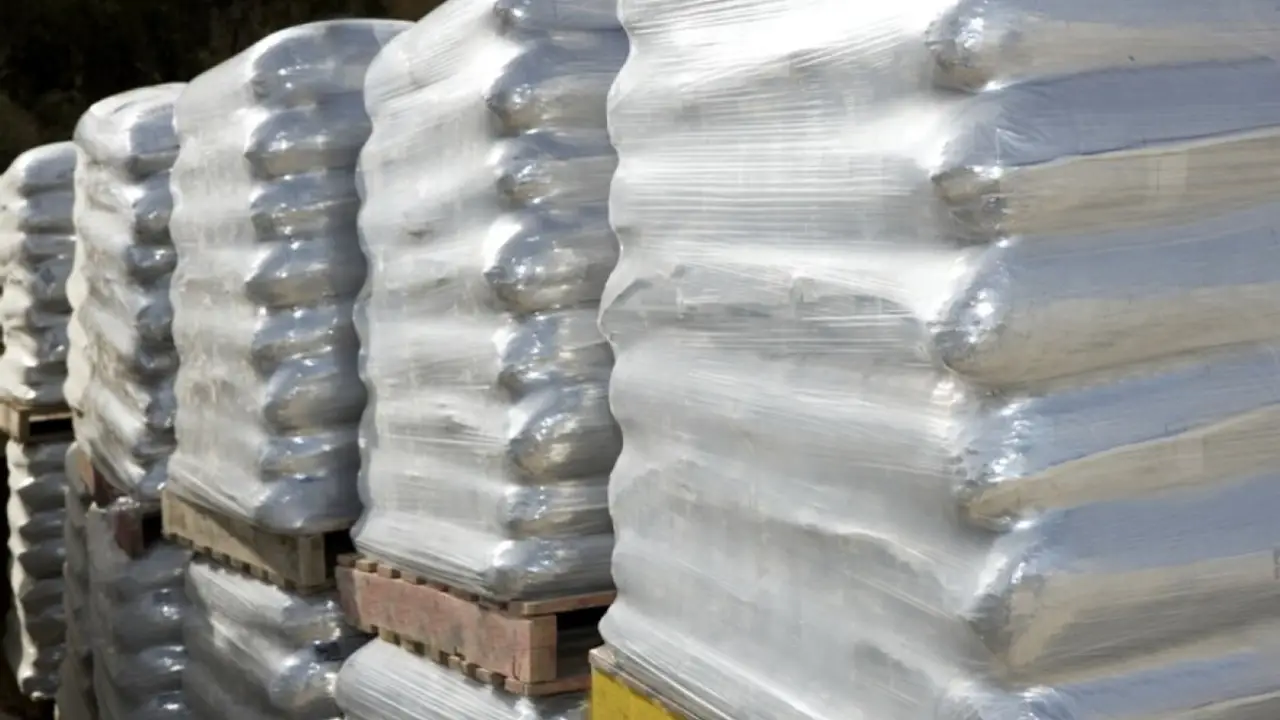Sodium Bicarbonate Supplier in Turkey and Dubai-UAE

Sodium Bicarbonate Overview
Sodium bicarbonate (NaHCO₃), widely known as baking soda, is a white, odorless, crystalline powder or fine granules. It is water-soluble, producing a mildly alkaline solution with a pH around 8.3. Sodium bicarbonate is a versatile chemical used in food, pharmaceutical, cleaning, and industrial applications.
-
Chemical Formula: NaHCO₃
-
Molecular Weight: 84.01 g/mol
-
Appearance: White crystalline powder or granules
-
Solubility: Soluble in water, insoluble in alcohol
-
Melting Point: Decomposes above 50°C (122°F), releasing CO₂ and H₂O
-
Density: 2.20 g/cm³
History of Sodium Bicarbonate
Sodium bicarbonate (baking soda) has been used for thousands of years. Ancient Egyptians used natural deposits called natron for cleaning, soap, and mummification. In the 18th century, Nicolas Leblanc developed a process to produce soda ash, paving the way for modern sodium bicarbonate.
Commercial production began in 1846 when John Dwight and Austin Church sold baking soda under the Arm & Hammer. The Solvay process (1863) improved efficiency, making it widely available. In the 20th century, baking soda became a household staple for cooking, cleaning, and health. Today, it is used in food, industrial, and environmental applications, with sustainable production methods.
Properties and Characteristics
-
Alkalinity: Mild alkali, neutralizes acids
-
Leavening Agent: Releases CO₂ for baking
-
Abrasiveness: Gentle, suitable for cleaning
-
Buffering Capacity: Maintains pH in solutions
-
Deodorizing: Neutralizes odors in household and industrial use
Applications of Sodium Bicarbonate
Food & Baking
-
Leavening Agent: Essential in baking powder
-
Tenderizing Meat: Breaks down proteins
-
Acid Neutralizer: Balances acidity in sauces
Cleaning & Personal Care
-
Household Cleaner: Removes stains and odors
-
Toothpaste & Deodorants: Gentle abrasive and neutralizing action
Medical & Health
-
Antacid: Relieves heartburn and indigestion
-
Oral Hygiene: Cleans and whitens teeth
-
First Aid: Soothes insect bites and stings
Industrial Uses
-
Fire Extinguishers: Dry chemical for grease/electrical fires
-
Textile Industry: pH control in dyeing and finishing
-
Rubber & Plastic: Blowing agent for foamed materials
Agriculture
-
Feed Additive: Buffers stomach acid in animals
-
Pest Control: Natural fungicide and pesticide
Environmental Applications
-
Flue Gas Desulfurization: Removes SO₂ emissions
-
Spill Neutralization: Neutralizes acid spills
Other Applications
-
Swimming Pools: Maintains pH and alkalinity
-
Fireworks & Pyrotechnics: Stabilizes chemical reactions
Difference Between Industrial & Edible Baking Soda
-
Edible Baking Soda: Food-grade, pure NaHCO₃, safe for cooking
-
Industrial Baking Soda: May contain additives, used for cleaning, textile, or chemical processes
Packaging of Sodium Bicarbonate
Sodium bicarbonate (baking soda) is available in food-grade and industrial-grade forms and packaged to meet different shipping requirements:
-
25 kg & 50 kg Bags: PE or PP bags, suitable for small orders.
-
1000 kg Jumbo Bags: Palletized for bulk shipment, ensuring safe transport.
-
Shrink Wrapping: Protects the product from moisture and contamination.
Container Loading for Bulk Orders:
-
20 ft Container: ~16–17 MT of 1000 kg jumbo bags
-
40 ft Container: ~25 MT of 1000 kg jumbo bags
Proper packaging and container loading ensure the safe delivery of sodium bicarbonate for food, pharmaceutical, and industrial applications, maintaining its quality during transit.
Sodium Bicarbonate (Baking Soda) – Technical Data Sheet
| Chemical Formula: | NaHCO3 |
|---|---|
| Molecular Weight | 84 |
| Grade | Food/feed Grade |
| Sodium Bicarbonate Properties | |
| Appearance | White crystalline powder |
| Odor | Odorless |
| Melting Point | Decomposes to sodium carbonate starting at 50 °C |
| Solubility | 9.6 g/ 100ml in water (20° C) |
| Sodium Bicarbonate Specification | |
| Test | Analysis |
| Purity | 0.99 |
| As | ≤ 3 ppm |
| Pb | ≤ 5 ppm |
| Iron | ≤ 5 ppm |
| PH | Max 8.6 |


